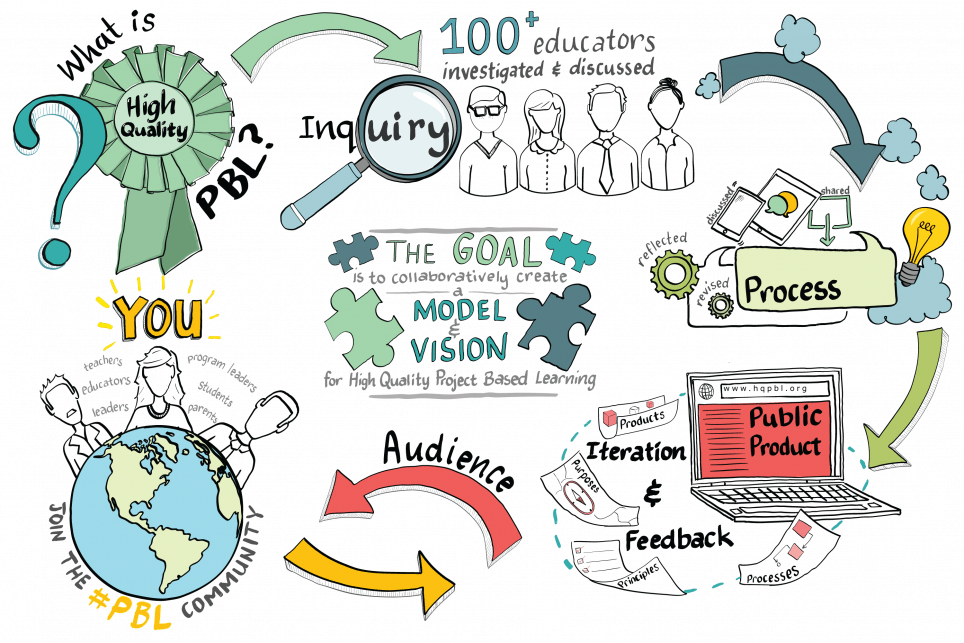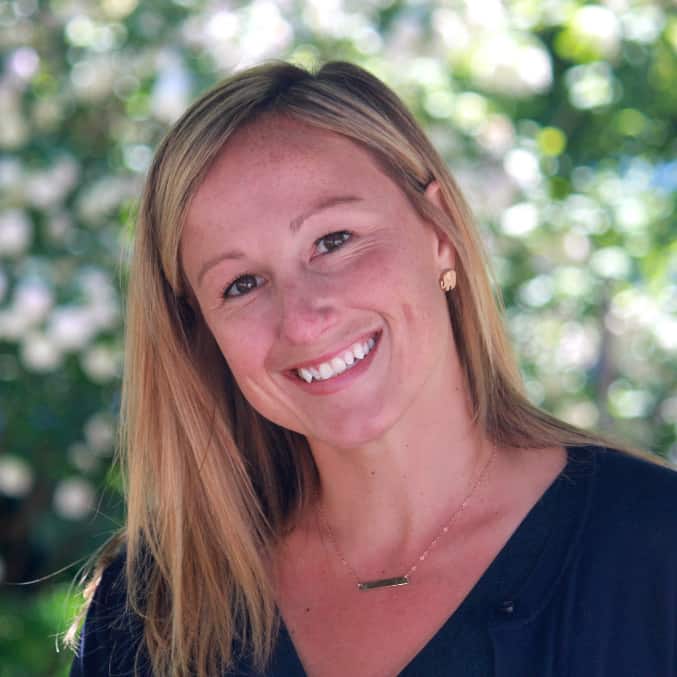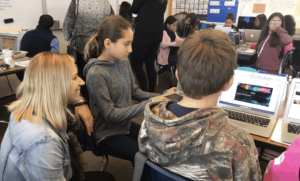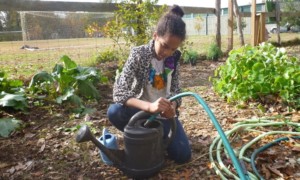The Need for a High Quality PBL Framework

PBL is increasingly recognized as a powerful instructional practice, both in the United States and around the world. More and more teachers are trying to use project-based methods to engage their students in meaningful deeper learning.
Although the popularity of PBL is heartening, its rapid growth is also cause for educators to collaborate and discuss what exemplary PBL looks like. Currently, there is no widely-accepted description of exemplary PBL to guide aspiring teachers and school leaders. This is an obstacle to quality PBL, placing educators in the situation of trying to determine what is best practice without guidelines.
Over the past several years, with the increase of project-based learning environments, it also has become clear that there needs to be a distinction made between “doing projects” and high quality project based learning and that educators need clarity, guidance and support in facilitating the latter. As a result, education leaders both in the U.S. and abroad are working to design and craft the Framework for High Quality PBL.

The Framework for High Quality PBL FAQ
1. What is the project? Who is leading this work?
This project, called A Framework for High Quality PBL, will identify the essential components of PBL and provide quality and consistency across classrooms, schools, districts and states. The purpose of the guidelines is to increase widespread and consistent use of high-quality PBL and cultivate project management skills.
The project is led by 25 leaders involved in PBL organizations or practices from around the world, who are working directly to write the guidelines. This group will then collect public feedback and more intimate critique and edits from an advisory committee of more than 100 education leaders also vested in PBL. In addition, feedback from the public will be included and considered in each iteration of the guidelines.
2. What problem are we trying to solve? What is the purpose?
Differentiating projects versus project based learning will be key as the world continues to become increasingly project-based. If we want to see all students in high quality PBL environments, we must provide a beacon or guidelines for what that looks like. Often educators share that they know the basics of PBL but that they need guidelines for how to improve their practice or craft. Further, high quality PBL practices can serve as inspiration and consideration–not as a means for evaluation.
The goal of the effort to promote high quality PBL in classrooms is to increase the number of students mastering core academic content and deeper learning competencies: collaboration, communication, critical thinking and self-directed learning with an academic mindset. In addition, the Framework will not only promote the importance of learning through projects, but also the value of learning how to effectively manage them, a critical 21st-century skill.
3. Who will use the guidelines?
In short, anyone who is interested in promoting high-quality PBL experiences for teachers and/or students. Potential audiences:
- Students, teachers and leaders in public, private and charter schools to improve teaching, learning and assessment;
- Instructional coaches and professional developers to build the capacity of teachers and leaders;
- Pre-professional and teacher education programs to certify principals and teachers; and
- Technology companies to guide the development of PBL tools and resources.
4. How will educators use them?
The intent is that the guidelines will serve both on a micro and a macro level. Helping leaders to inform decisions about school structures and environments (including technology choices and learning spaces) right down to improving the quality and depth of student learning when working on a project. We envision educators in professional learning can structure their intended outcomes around working on these practices. We hope educators visit each other’s classrooms to look for and learn how colleagues are demonstrating the practices.
5. What’s next?
In the next few weeks, we will share a draft of the Framework of High Quality PBL and a website where educators around the world can provide feedback. A microsite will be launched to provide resources, the draft of the guidelines and opportunities for educators to give their feedback.
This blog is part of the High Quality PBL project. This project is supported by Project Management Institute Educational Foundation (PMIEF) and the William and Flora Hewlett Foundation. For more, see www.BIE.org and follow @BIEpbl for all the latest news and resources on high-quality project-based learning and use hashtag #PBL.
For more, see:
- What We Are Doing to Ensure High Quality PBL For All
- 35 Leaders on the Successes and Challenges of Project-Based Learning
- 30 Leaders on the Successes and Challenges of Project-Based Learning
- Two EdLeaders on Global, High Quality Project-Based Learning
Stay in-the-know with all things EdTech and innovations in learning by signing up to receive the weekly Smart Update. This post includes mentions of a Getting Smart partner. For a full list of partners, affiliate organizations and all other disclosures please see our Partner page.










Thom Markham
Sounds great. I know that many of us who have been doing high quality PBL work for years would be interested in contributing to this project.